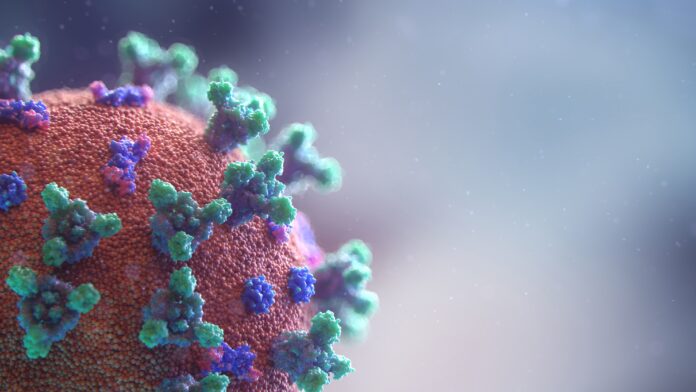Since yesterday, reported cases of COVID 19 in the U.S. climbed to 85,381 an increase of 16,847 or 25 percent. Deaths grew from 990 to 1,271, an increase of 281 or 28 percent.
Records were also set on a worldwide basis. The global count exceeded half a million cases and 24,000 deaths. As of this morning, the Johns Hopkins tracker is reporting more than 551 cases, a jump of 88,000 or 19 percent from yesterday. While the virus is spreading with increasing rapidity in countries like India and Russia, growth continues unabated across Europe, with its epicenter in Italy and Spain.
About the only good news is that New York reported an increase of only 5,921 confirmed cases to 38,987, a growth rate of only 18 percent, its lowest rate in weeks. Perhaps the governor’s lockdown order and social distancing is having a positive effect. But as I have said before, one day is not a trend.
Unfortunately, case growth outside New York continues to be robust with New Jersey reporting 6,876 cases, up 2,474 or 56 percent. Check out the New York Times map, tables and chart to see the rapid rise of cases in New Jersey, California, and other states.
Growth Rate exceeds Projections
On March 15, when the U.S. had only 2,759 reported cases of Coronavirus, I did some math and said, “We’ll have more than 88,000 cases by March 30 and one million around April 10.”
Well, we beat the 80,000 estimate by four days, meaning the spread of the coronavirus in the U.S. is growing faster than we had estimated 11 days ago.
The Numbers Game
It’s obvious to anyone with half a brain that not all the cases are being reported. If we have some 85,000 reported cases, then in all likelihood, we probably have somewhere between 500,000 and 1.5 million infected people out there. We used to blame China for not being honest and reporting all their cases, but the truth is, we aren’t reporting all our cases because we cannot report what we cannot count.
There are several reasons for the underreporting: A lack of test availability (still), reluctance by medical officials to test people without a fever or other serious symptoms, and a large number of infected people who have a little or no symptoms. These asymptomatic people are spreading the disease, but because most places are not testing them, they just go on their merry way, unknowingly contaminating others.
In the U.S. there are countless stories about people who cannot get tested, who show up at drive through testing sites only to have them run out of tests, or who call their doctor and are told they don’t have a fever, so they don’t need a test. If we expect to flatten the curve and stop the spread, we need to test more people.
Some countries, like China and Iran (and possibly Russia), are under reporting cases and deaths to downplay the severity of the disease and avoid civil unrest or bad publicity. We’re under reporting because of poor logistics.
Data Differences
The data we’ve been presenting daily is draw from at least three sources, and their numbers differ. The New York Times map is updated less frequently than the Johns Hopkins data and tends to lag it. The Times also lags the information on Syracuse.com specific to New York. We’re trying to be consistent from day to day about how we use the data, but you may see slightly different number elsewhere.








